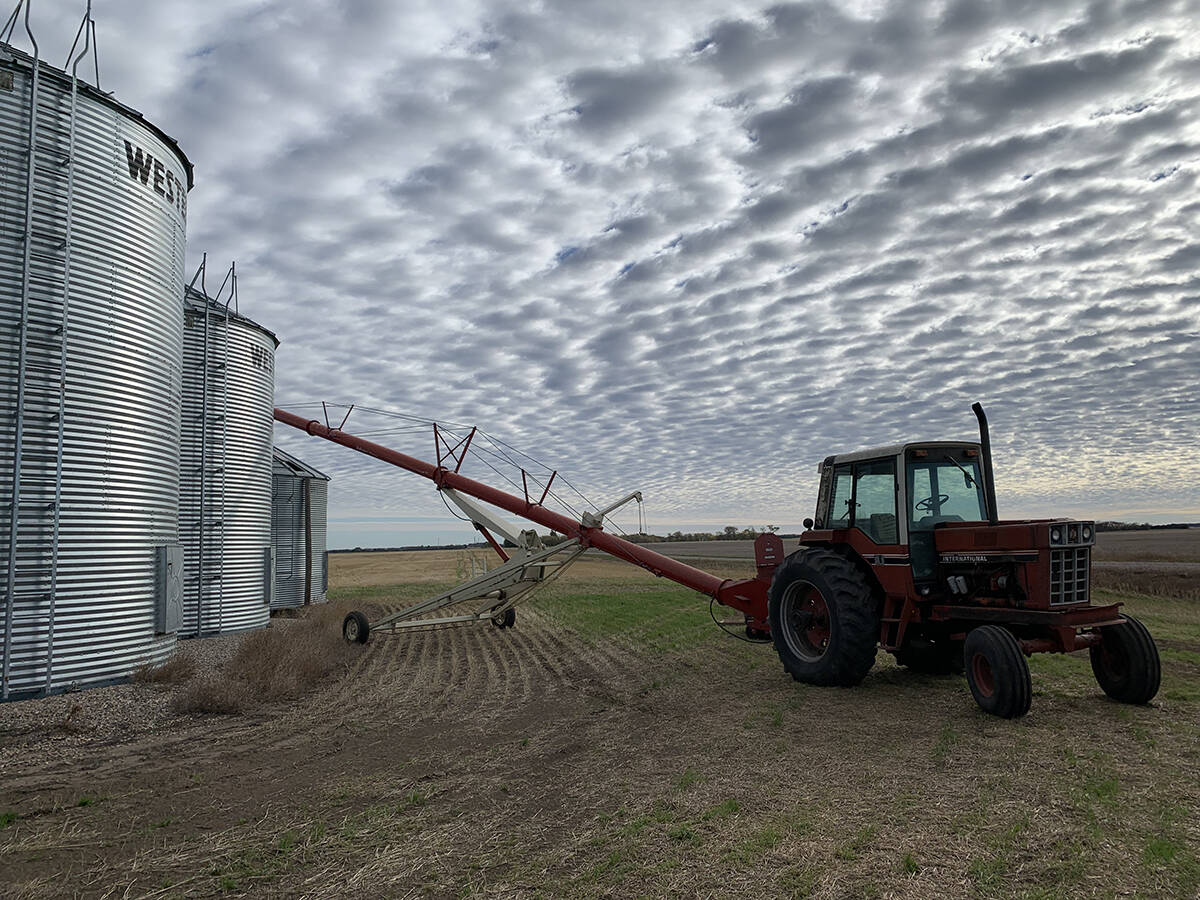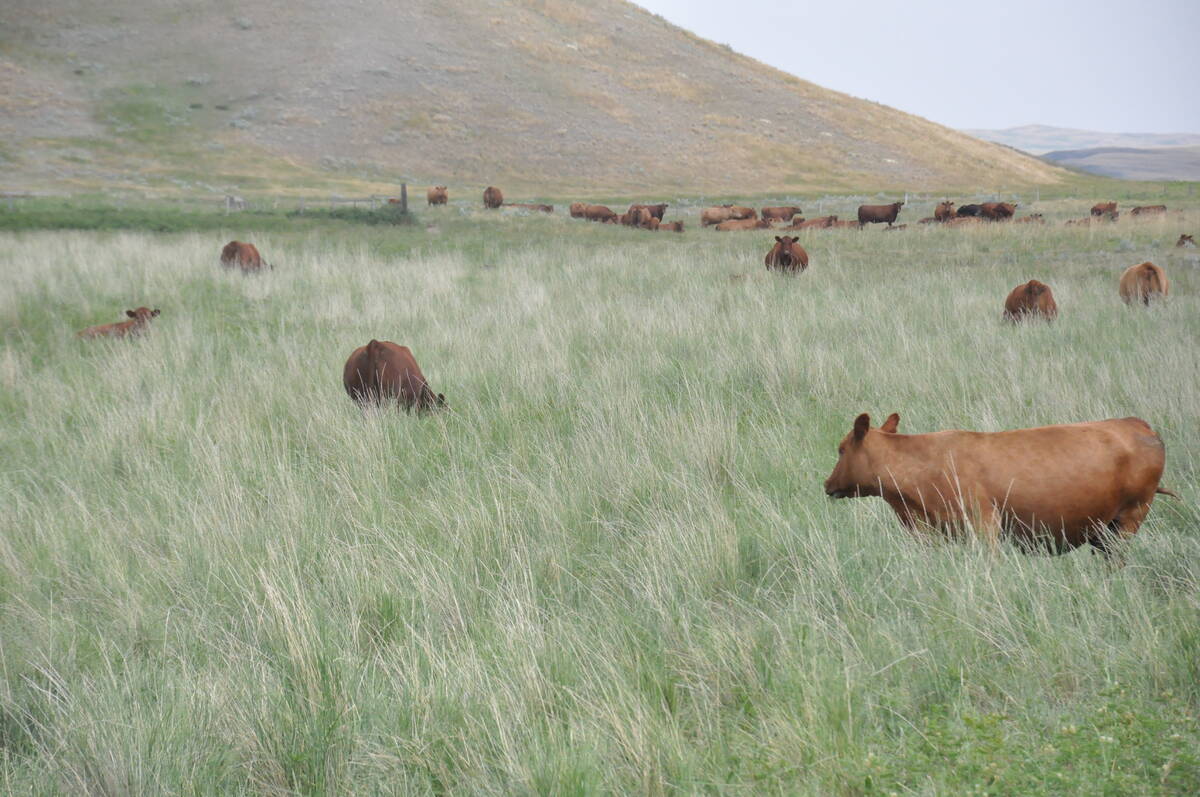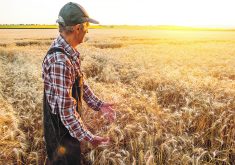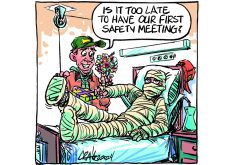On Aug. 12, Ramage Land & Cattle Company Ltd. was sentenced in relation to a workplace fatality. As part of the resolution of the Occupational Health and Safety charges, OH&S prosecutors and the law firm representing Ramage agreed to publish a joint article about the incident and steps farm operators can take to implement their own farm safety plan. The goal is to bring about awareness of OH&S concerns in the ranching/farming industries.
On Aug. 23, 2023, the parents of Tiana Friesen, a bright young cowgirl, received a call that no parent should.
Their daughter had passed away in a workplace fatality on a cattle ranch in southeastern Saskatchewan.
Read Also

Invigor Gold variety viewed as threat to condiment mustard
Invigor Gold, the canola-quality mustard developed by BASF, is on a collision course with Canada’s condiment mustard industry. It’s difficult to see how the two can co-exist.
She had been on her horse when it entered one of several dugouts located on the ranch’s premises. She was attempting to coral a calf that was in the weeds at the edge of the dugout.
It is believed that the horse lost its balance into a steep drop-off at the dugout’s edge beneath the water. It is believed that water splashed into the horse’s ear, causing it to panic. During the panic, Tiana was thrown off her horse into the water. She tragically drowned.
Emergency services were called. The Saskatchewan Occupational Health and Safety Division (OH&S) was notified. Tiana’s parents were contacted and advised of the incident.
It was an accident that no one foresaw, but which had a profound effect on Tiana’s family and friends, the operators of the ranch, Ramage Land & Cattle Company and the ranching community.
Where a serious injury or fatality occurs on a worksite, such as this, there is an obligation to immediately notify OH&S. The scene must not be disturbed.
Officers with OH&S will generally attend the worksite and investigate the cause or contributing factors. In this case, among other factors, there were issues with workers’ knowledge of the specific dugout characteristics and certain expectations about entering into those situations while corralling animals.
Generally, investigations may result in regulatory charges against employers or other parties where perceived gaps in safety processes or statutory requirements are not reasonably addressed.
Regulatory charges such as these are generally described as strict liability offences. Practically, this means that in order to defend an alleged breach of a general obligation or specific statutory requirement, the farm operator would have the onus of establishing that it took all reasonable steps to ensure it met the safety requirement. It would do so at the Provincial Court of Saskatchewan.
In this instance, Ramage was charged and has recently admitted to being an employer and failing to provide systems of work and a working environment that ensured, as far as reasonably practicable, the health and safety of its workers.
This is not to say that Ramage purposefully or negligently ran an unsafe operation. It is not to say that the ranch was even being operated in a manner more dangerous than most other ranching operations in Saskatchewan.
The issue in this case, and in others, is whether the agricultural operator could have reasonably taken more steps to ensure the safety of its workers.
On Aug. 12, 2025, in Regina Provincial Court before Judge Evanchuk, Ramage agreed that it could have taken further steps to ensure the safety of its workers.
The unfortunate reality is that this province has seen a significant number of similar workplace injuries and deaths in the agricultural sector in recent years.
• In May 2024, a livestock stockyard near Spiritwood, Sask., was sentenced in relation to two incidents (a serious workplace injury as well as a workplace fatality). One of its workers was struck by a gate and seriously injured while attempting to load bulls onto a trailer. A second worker was tragically killed after falling through a skylight while removing snow from a building’s roof.
• In July 2024, a village in central Saskatchewan was sentenced in relation to a serious injury to one of its workers. The worker was seriously injured after being thrown from the seat of a lawnmower and becoming trapped underneath it.
• In September 2024, a company that sells and manufactures farm equipment was sentenced in relation to a workplace fatality. One of its workers was exposed to a lethal amount of carbon monoxide while operating a sand blaster.
• In March 2024, an Alberta-based company offering services including scraping animal pens and manure spreading was sentenced in relation to a serious workplace injury near Maple Creek, Sask. One of its workers was seriously injured while conducting repairs under a company truck.
• In March 2024, a horticultural company was sentenced in relation to a serious workplace injury near Hyas, Sask. One of its workers was seriously injured while attempting to dislodge a pallet and bale of peat moss.
• In February 2024, a livestock company based in Weyburn, Sask., was sentenced in relation to a serious workplace injury. One of its workers was seriously injured when they were charged and knocked to the ground by a bull.
• In April 2022, a fertilizer and crop solutions company was sentenced in relation to a workplace fatality. One of its workers was found deceased after becoming trapped under a tractor.
These are just some of the recent reported agricultural workplace injuries and fatalities.
There are more injuries and deaths in other industries. There are more injuries and fatalities not reported. In fact, the Government of Saskatchewan reports that nearly 13 people are killed on Saskatchewan farms every year.
A common theme among these agricultural workplace accidents is not that the farm operators ignored all safety concerns, or that they were purposefully operating unsafe worksites. The reality is that agricultural operators may simply not be aware of potential risks or preventive measures that can be implemented to avoid workplace injuries and fatalities.
In Ramage’s case, what did it do following the tragic death of Tiana Friesen?
• It engaged the services of a private consultant to assist with the development of a farm safety program. As part of the safety program, Ramage developed and implemented:
– Competency requirements and checklists for its workers respecting high-risk areas in its ranching operation.
– Mandatory daily pre-job safety meetings and documentation.
– A hazard identification and documentation program.
– Maintenance logs and inspection timelines and related documentation for agricultural equipment.
– A safety code for all workers to adhere to.
– A comprehensive list of policies covering work areas and tasks related to ranching operations.
– A personal protective equipment policy.
– A safe handling of livestock policy.
• It developed a working alone policy.
• It also took other steps.
In addition to developing a safety program and taking practical steps to ensure the safety of its operations, Ramage has established a three-year Canadian Western Agribition scholarship in Tiana’s memory to support students who have demonstrated excellence in ranching or who intend to pursue education in a ranching related field.
What practical steps can other agricultural operators take?
They are required to take all practical and reasonable steps to ensure the safety of their worksites and workers.
Agricultural operations, including ranching operations, are not exempt from the requirements of the Saskatchewan Employment Act and the Occupational Health and Safety Regulations, 2020.

Agricultural operators are required to take a number of active steps to ensure worker safety. These include:
- Providing worksite orientations.
- Ensuring workers are aware of certain regulations and obligations.
- Ensuring proper supervision and training.
- Maintaining equipment.
- Providing personal protective equipment.
- Other general and specific requirements set out in the legislation.
Depending on the size of the operation, there may be additional requirements, such as appointing health and safety representations and maintaining an occupational health and safety committee. The list goes on and at first blush, it can appear daunting.
This appears to be why the Government of Saskatchewan, in partnership with the Government of Canada, the Canadian Agricultural Partnership and the University of Saskatchewan’s Canadian Centre for Health and Safety in Agriculture, have developed and published a Guide to Your Farm Safety Plan, which can be found at https://www.saskatchewan.ca/business/safety-in-the-workplace/hazards-and-prevention/safety-in-professions-and-industry/farm-safety.
It is a comprehensive yet very practical and manageable document, providing straightforward steps to assess, develop and implement a safety plan so that ranchers and farmers can ensure the safety of their worksites and workers.
The guide takes what appears to be a daunting task and breaks it down into reasonable and implementable steps.
If anything positive can come from cases such as this, it is education and awareness. It is spreading the importance of every operator’s obligation to ensure a safe worksite.
This should include the implementation of a farm safety plan.
The Government of Saskatchewan urges those who read this article to review the guide. The operators of Ramage urge those who read this article to review the guide. Most significant, in the memory of Tiana, her family urges agricultural operators to take a moment and consider their obligation to ensure a safe work site and to review the practical steps set out in the recently published Guide to your Farm Safety Plan.
Farm operators may also consider voluntarily opting in for Saskatchewan Workers’ Compensation coverage for their workers.
Currently, ranching and farming operators are not required to enroll for WCB coverage.
When a farm operator obtains WCB coverage, workers are automatically insured for earning loss replacement and medical expense coverage. Coverage also includes immediate lump-sum payments for funeral expenses and ongoing support for dependent spouses and children of a deceased worker.
For the farm operator, WCB coverage acts as protection against lawsuits for workplace injury and fatalities. Details can be found on WCB’s website.
Matthew J. Schmeling is a partner at McDougall Gauley LLP’s Regina office. He carries on a defence oriented practice that includes the defence of employers in OH&S regulatory investigations and prosecutions. Linh Lê is a senior crown prosecutor with the Saskatchewan Ministry of Justice-Saskatoon Public Prosecutions. She specializes in Occupational Health and Safety prosecutions.















